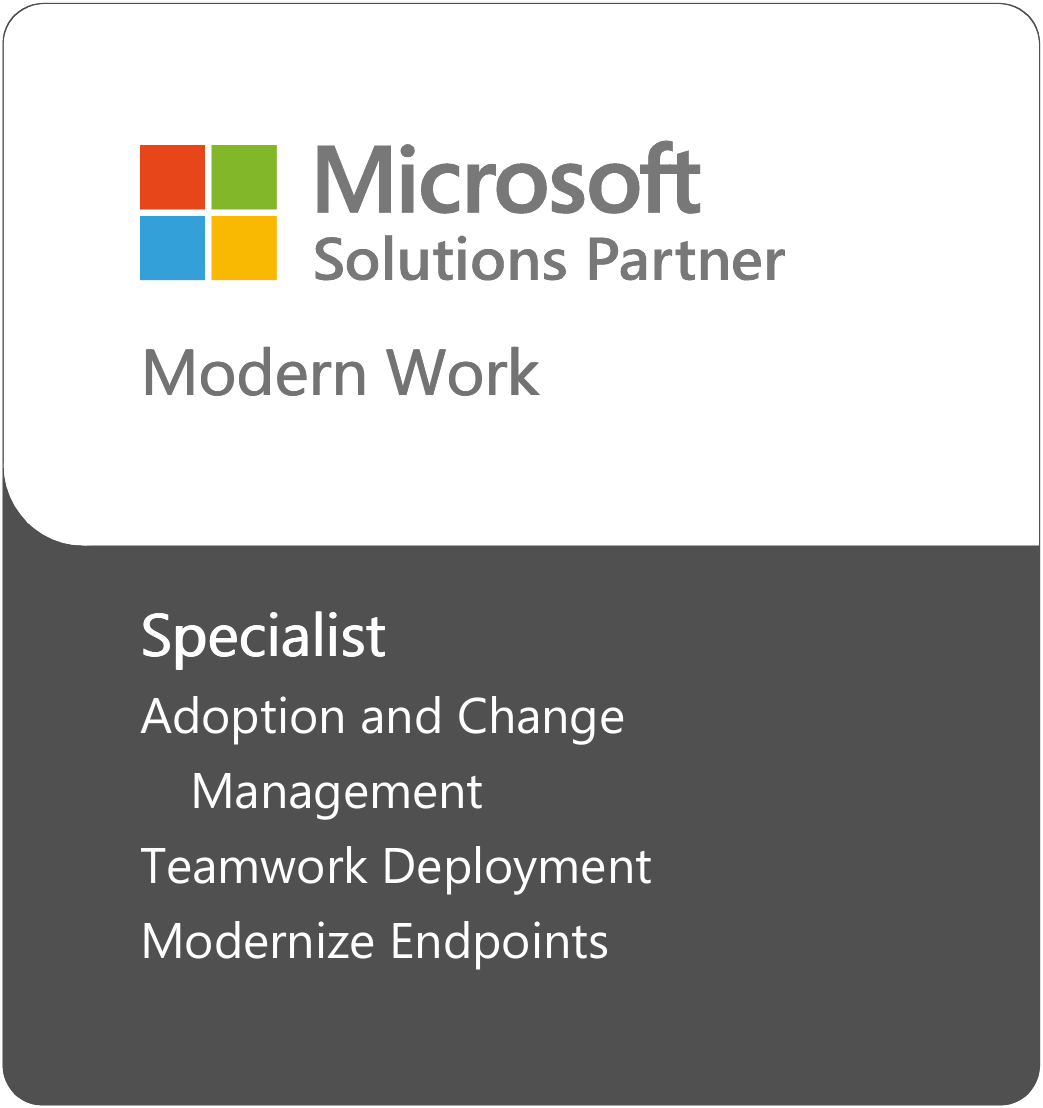
Deciphering those shiny Microsoft Partner badges
Written by Matt Shaw, Chief Operations Officer, oobe, 17 Feb 2024 - 2 minute read
Microsoft has a multitude of different designations and badges for partners, and if you’re not living it day-to-day, maybe they all start to look the same. They’ve all got the Microsoft logo on them, and pretty soon you end up with a one way ticket to TLA town. So what do these letters stand for, and more to the point what to they mean, really, and why do they matter? They’re not all created equal. Let’s break them down from most achievable to most exclusive to help you understand and decipher the acronym purgatory.
The history of partner designations goes back to the Microsoft Partner Network (MPN), which was launched in 2003 and offered Silver and Gold competencies to partners who demonstrated their proficiency in various Microsoft technologies and solutions. Wait, more than 20 years ago? Pre-oobe? Ancient history.
What’s important is that these are stuck around till 2022, with some training requirements tweaks, but in short, there were many partners who were able to reach and maintain Gold in one or more practices – oobe included. That’s why you used to see Microsoft Gold Partner on partner websites. Now, it’s Solutions Partner Specialisations for different technology streams like Modern Work or Security. They’re certainly more challenging to get than Gold was, but still achievable.
Enter Advanced Specialisations. They’re a way to showcase partner deep technical expertise and experience in specific solution areas, such as Data & AI, Digital & App Innovation, Infrastructure, Business Applications, Modern Work, and Security. But because Microsoft have so many offerings, you can have more than one Advanced Specialisation in a solution area. For example, there are three of them that sit under Security.
Solutions Partner designations are a prerequisite for all Advanced Sepcialisations. You also need to meet performance, skilling, and customer success requirements, and pass a third-party audit to prove you’re able to deliver. By earning a specialisation, partners prove that they’ve got the skills to deliver the thing on the badge. The audit includes customer project verification. So it’s not just book smarts; to get an Advanced Specialisation, a partner has lived it and delivered it. These are definitely a higher bar than being a Solutions Partner.
A specialised program for Security is the Microsoft Managed Security Service Provider (MSSP) Program for partners who deliver managed detection and response (MDR) services on top of Microsoft Defender for Endpoint. Microsoft MSSPs on the program deliver specialised workshops and product information and the program is invite-only. It’s a small club, and those on the program have a track record delivering Microsoft Security projects for clients.
That brings us to the Microsoft Intelligent Security Association (MISA) is an ecosystem of independent software vendors (ISV) and managed security service providers (MSSP) that have integrated their solutions with Microsoft Security products to better defend against a world of increasing threats. MISA members contribute to the roadmap for Microsoft Security solutions, specialist access to Microsoft engineers and are seen as leaders in the the field of Security. MISA requires an review of your offerings and delivery track record for Security products and services. In my opinion it’s the exclusive program that Microsoft has, and proves not only that a partner can deliver, but has vision.
Finally, Azure Expert Managed Services Provider (MSP) is the highest level of company certification achievable by a partner. To attain it, a partner must pass an intensive auditing process that validates their capability to deliver best-in-class specialised services in complex solution areas with Azure. It’s hard. To qualify for Azure Expert MSP, you need to have a Solutions Partner designation for all three of Data & AI, Digital & App Innovation, and Infrastructure, as well as meet training, delivery, audit and technical requirements every three years. This is the most challenging badge to get, and even harder to maintain.
The natural question at the end of this long and dry introduction is how many badges are on oobe’s Microsoft backpack? Well, lots. As part of the Fujitsu group we directly contribute to all the badges below, and we wear them proudly. Except the POTY Finalist, that was all oobe ;)
So the next time you see one of these, know that the company who earned them didn’t just go on a few courses and tick a few boxes. We proved to Microsoft that we’ve delivered secure, high-value, real outcomes for clients. They’re more than just a few pixels – they’re a badge of honour proving we we go the extra mile and don’t settle for good – we make it great.
Matt has worked with oobe for 10 years and been in IT for 13 (lucky?). He’s seen a lot of things from the early days in his career deploying XenDesktop and remembers when Intune was not as good as…Good. He now works in his dream role doing continuous improvement, process automation and strategy. He terms himself as a recovering techo but people still let him on the tools every now and then. He’s all about efficiency and doing more with what you have.











